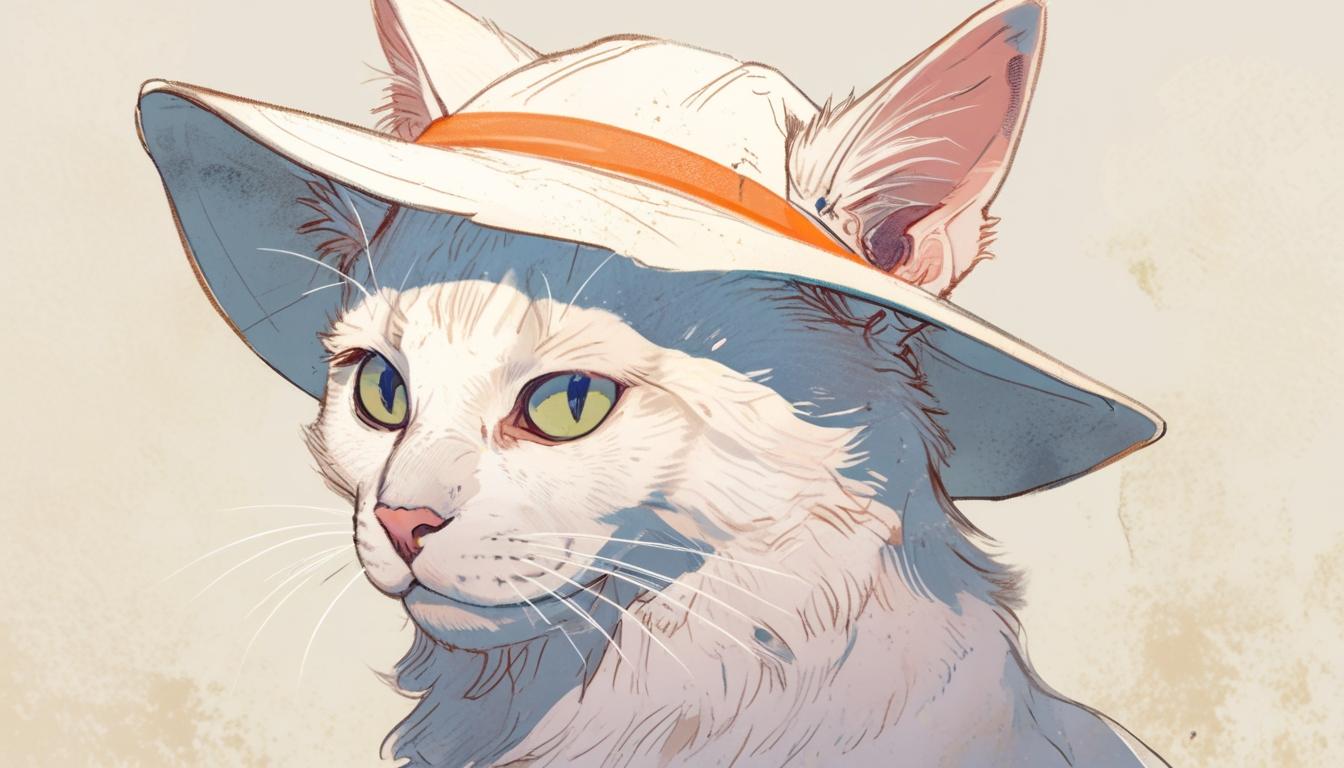As the UK experiences an unseasonably warm spell with temperatures soaring to 28°C in April and possibly reaching 30°C in early May, veterinary experts are issuing urgent warnings to cat owners regarding the risks of sun exposure to their pets.
A recent distressing case at Seadown Veterinary Hospital in Hythe, Hampshire, has highlighted the severity of sun damage in animals. Bobble, a four-year-old white rescue cat, underwent life-altering surgery after chronic sun exposure caused such extensive skin cancer that both her ears had to be amputated to prevent the cancer from spreading further.
Bobble’s owner, Karen Evans, rescued the cat as a kitten with visible sun-damaged skin and peeling on her ears. Despite regular application of sun cream by Evans, the damage was irreversible. She told The Times, "The skin was peeling off her ears and had no natural fur protection when we found her, so whilst I have always put sun protection on her ears, I was also prepared for the day when the original sun damage might result in something more sinister."
Veterinary surgeon Katie Wood, who treated Bobble, emphasised the importance of sun protection for pets, especially those with lighter fur or skin. Wood warned that sunburn in cats can commonly affect areas with little fur or pigmentation, such as the ears and nose, and can lead to skin cancer over time. "Sunburn, especially in cats with lighter skin and fur colours or less fur can lead to skin cancer over time," she said. "The noses and ears are the most commonly affected areas in white or light-coloured cats. These parts of their bodies have little to no fur or pigmentation for protection, making them highly susceptible to sunburn."
Bobble’s situation worsened when a cyst on her ear was diagnosed as cancerous. The resultant surgery was traumatic but necessary for survival, and thankfully the cat is now recovering well. Wood confirmed that Bobble is "doing wonderfully" following the operation.
Medical professionals are advising pet owners to watch for early signs of sun damage in animals, which include redness, inflammation, hair loss, flaking, or curling skin, particularly around delicate areas like the ears and nose. If untreated, these symptoms can develop into thickened skin, sores, and cancerous lesions. Wood suggested that owners should seek veterinary advice promptly if such symptoms appear and ensure regular check-ups for their pets.
This warning comes alongside meteorological reports noting that while the UK is experiencing higher than usual temperatures for this time of year, it is unlikely to meet the Met Office definition of a heatwave this week. Meteorologist Michael Silverstone explained that a heatwave requires three consecutive days of temperatures exceeding the regional 'heatwave threshold', which for most of the UK is 25°C, but can be higher in the South, East, and London.
The combination of rising temperatures and increased outdoor time for pets underlines the importance of vigilance in protecting animals from the harmful effects of ultraviolet rays. The episode with Bobble underscores the potential severity of sun damage and the transformative impact of veterinary intervention.
Source: Noah Wire Services
